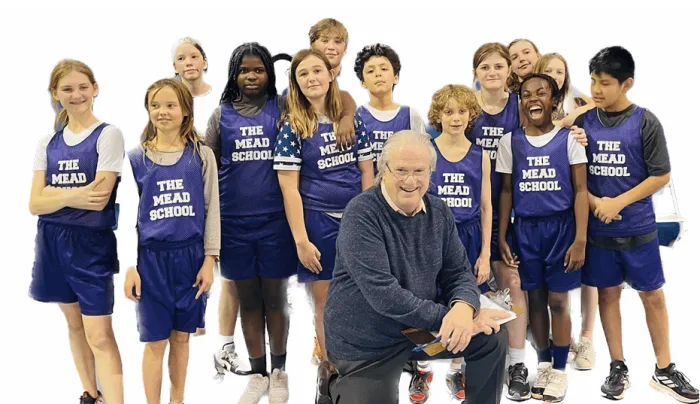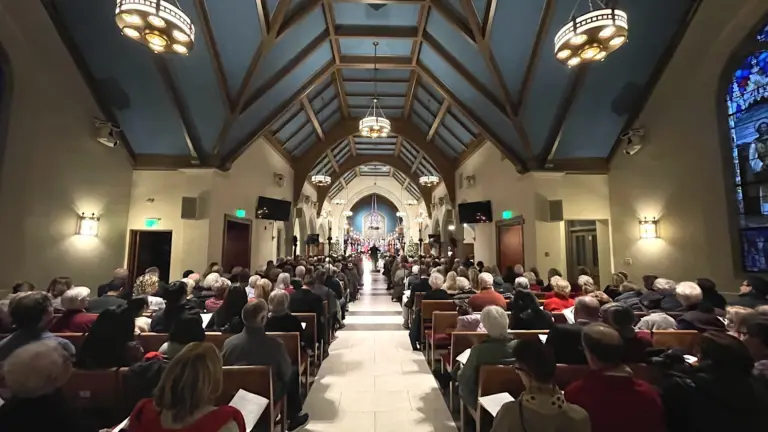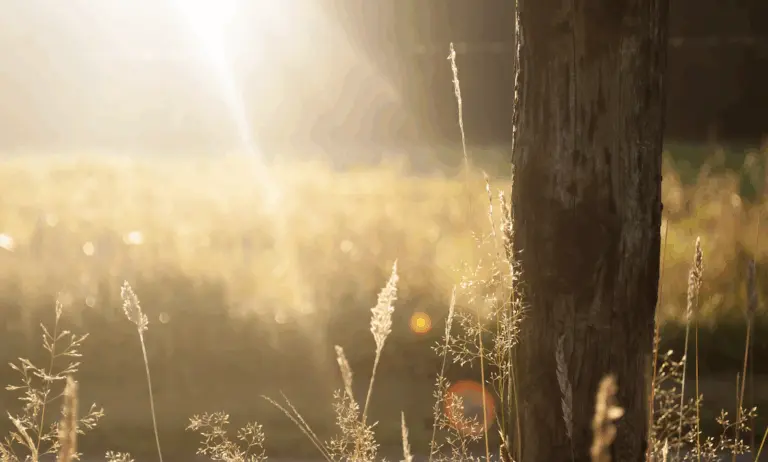Watch a group of young children at play, and you’ll see the essence of human connection on display: collaboration in progress, creative problem-solving, the early flickers of empathy — and, inevitably, conflict. A disagreement over a turn on the swing, a debate about where to dig a hole, or the way one child reacts to another’s hurt—these are the earliest lessons in how to be human. They are, in fact, the f irst drafts of adulthood.
It’s important to distinguish this kind of living, embodied play— especially outdoors—from the digital play that defines so much of childhood today. I am not a full luddite, and I recognize the value of digital play; but, the connective tissue of empathy, negotiation, and perspective-taking is often missing in this remote context. Authentic play happens in real space— with real consequences and repair.
As children move through school, many schools fall into the trap of separating rigor from joy—as if learning and play occupy opposite ends of a spectrum. Yet anyone who has ever fully engaged in their work knows that challenge and joy coexist. Exploration, trial, and error are not distractions from learning; they are learning. At Mead, we hold that belief close: play, curiosity, and the value of making mistakes are essential ingredients of deep thinking and meaningful lives, two core tenets of our mission.
Here on our fifteen acres in North Stamford, play and purpose intertwine daily. Our students build with natural materials in the Mead Woods, write scripts and stage performances in our Black Box Theater, and bring ideas to life in a myriad of ways.. These experiences build more than skills; they build confidence, adaptability, and empathy. Children learn that the world is something they can shape—and that they themselves are part of something larger.
Our school rituals reflect this same philosophy. During Light and Life, which happens in the around the winter solstice, we suspend traditional academics for a week to dive into creative projects that connect art, nature, and community. During Exploration of Curiosity, students dive into their own questions that don’t have easy answers— spending weeks in deep inquiry that lead to unexpected discoveries. These moments remind us that education isn’t about speed or perfection; it’s about attention, wonder, and the courage to keep asking “what if.”
Conflict, too, is part of the curriculum. When teachers help children name their feelings, listen to others, and work toward resolution, they are preparing them for friendships, workplaces, and communities that thrive on understanding. The road to empathy can be muddy—literally and figuratively—but an overly curated education isn’t really an education at all. In a world increasingly shaped by artificial intelligence, what qualities will we need to thrive? In such a world, they are those primary playground qualities writ large into adult life. We can automate answers, but not compassion. We can code efficiency, but not wonder. The work of schools like Mead is to help children become not just capable learners, but courageous, connected humans.
Mead’s mission is to cultivate bold curious thinkers who develop the capacity to lead meaningful lives. Empathy, creativity, and a sense of belonging in an interconnected world enable this meaning to take root, to last. Many schools teach success; we teach what makes life meaningful. That journey begins—and thrives—in play.
Peter Herzberg is the Head of School at the Mead School.





